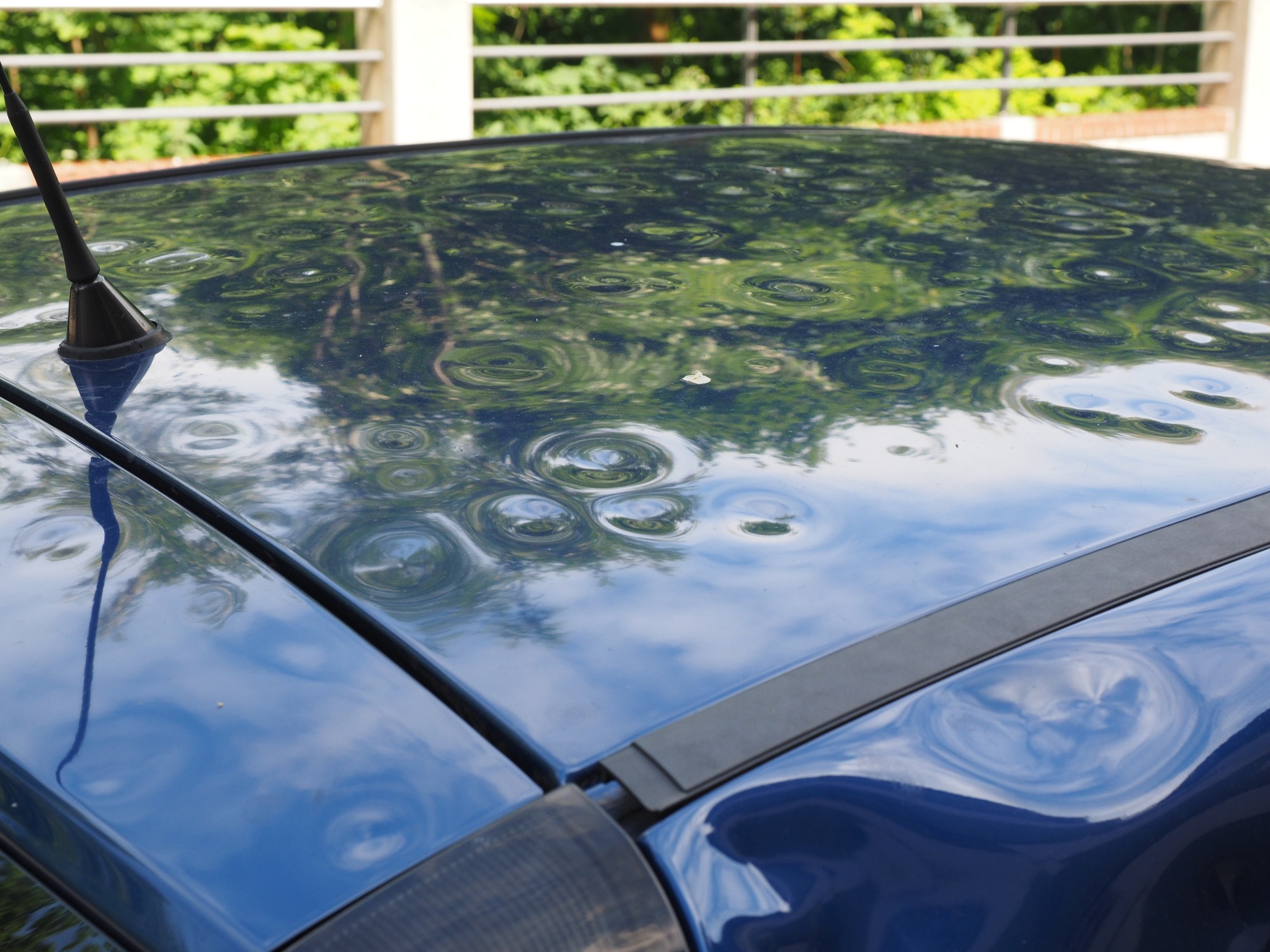Wouldn’t it be nice to know that every car made it home unharmed after a trip down a seller’s lot? Unfortunately, some sellers cut corners during the inspection process. Then, they hide the work that needed to happen when the car was purchased.
What’s the solution? Learn how to spot different types of car damage so that you can make smart buying choices. This way, you know that you won’t end up stuck with a high-loss vehicle.
That being said, don’t jump to conclusions. Depending on the extent of hail damage, for example, you might be able to patch up some dents fairly easily. That way, you don’t spend more than you have to.
To learn even more about spotting damaged cars, keep reading.
Check the Car’s History Report
A car history report provides information on the car’s ownership history, odometer readings, and any repairs that have been done within that vehicle’s history. Inspecting the car and taking it for a test drive is also an important factor.
With the given information in the history report, you may spot any damage the car has prior to purchase. You may also see records of previous accidents or any recall notices or manufacturer defects that may have been filed against the car.
Inspect the Car’s Body
When buying a car, look for signs of rust, dents, paint cracks, or scrapes, and make sure all panels line up evenly. Pay close attention to the bodywork. Bulges, waves, misalignments, and discoloration are indicators of damaged cars that are poorly repaired. If you lift the hood and trunk, look for signs of new paint or body filler that wasn’t applied correctly.
Check the frame underneath the car with your hand to make sure there are no weak spots or cracks.
Check the Car’s Undercarriage
Located on the bottom of the car, the undercarriage consists of components such as the exhaust system, fuel Lines, chassis, and steering linkage which are all susceptible to corrosion and rust.
Inspecting the undercarriage fully requires a thorough visual inspection both on surfaces and underneath of rust, missing rubber trim seals, corroded screws, and other signs of age.
Test Drive the Car
Driving the car will allow the potential car buyer to experience the car’s responsiveness, and get the feel of the car overall. Be sure to drive in a few different settings and on a variety of roads – highways, city streets, etc.
Look for soft brakes, rattling noises, screeching, etc. Also check the lights, wipers, as well as other standard indicators such as whether the air conditioning and heater work. It’s always better to ask a professional mechanic to have a look at the overall condition of the vehicle.
Know How to Deal With Car Damage Today
Buying a car is a big decision and it’s important to make sure that you are getting a good deal. By following these tips, you can spot a damaged car and avoid making a costly mistake.
Remember to always check the car’s history report, inspect the car’s body, check the car’s undercarriage, and take a test drive. With these steps, you can be sure that you are getting a car that is in good condition and will serve you well for many years to come.
Are you looking for damaged cars for sale in Oklahoma? Please get in touch with us here.

